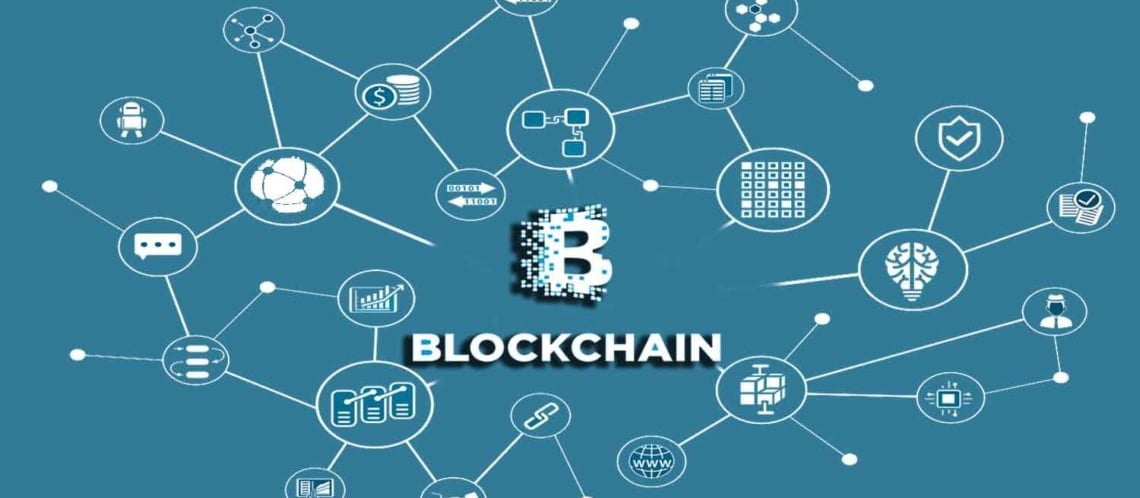Blockchain and Big Data
The emerging top technologies in discussion
Blockchain and big data are two powerful technologies that have the potential to complement and enhance each other in various ways. Here’s an overview of how they intersect:
Data Integrity and Immutability: Blockchain provides a decentralized and distributed ledger that offers strong data integrity and immutability. Once data is recorded on the blockchain, it becomes extremely difficult to alter or tamper with, ensuring the reliability and trustworthiness of the data. This aspect is particularly valuable in big data applications where data integrity is crucial.
Secure Data Sharing: Big data often involves sharing large volumes of data among multiple parties. Blockchain can facilitate secure and transparent data sharing by establishing a decentralized network where participants can access and verify the data without relying on a centralized authority. Smart contracts can be used to define access controls and automate data sharing processes.
Data Provenance and Auditability: Blockchain’s transparent nature allows for improved data provenance and auditability. Every transaction or change made to the data can be recorded on the blockchain, creating an immutable audit trail. This feature can enhance the traceability and accountability of big data operations, which is valuable in domains such as supply chain management and compliance.
Data Monetization and Ownership: Big data often involves the collection and analysis of vast amounts of user-generated data. Blockchain can empower individuals to have greater control over their personal data and enable them to monetize it directly. Users can choose to share their data selectively and receive compensation through blockchain-based platforms, fostering a more equitable data economy.
Data Consensus and Validation: In big data applications, where multiple parties contribute data to a shared repository, blockchain’s consensus mechanisms can be employed to validate and agree upon the accuracy of the data. This decentralized validation process eliminates the need for a central authority and increases trust among participants.
Scalability and Performance Challenges: One significant challenge in combining blockchain and big data is scalability. Blockchain networks, especially public ones, can face limitations in terms of transaction throughput and storage capacity. Processing and storing large volumes of big data on-chain may not be feasible in some cases. Various approaches, such as off-chain storage, sidechains, or layer-2 solutions, are being explored to address these scalability challenges.
The integration of blockchain and big data holds significant promise for enhancing data security, integrity, transparency, and ownership. However, practical implementations and optimizations are still evolving, and organizations need to carefully consider the specific use cases and trade-offs before adopting these technologies together


